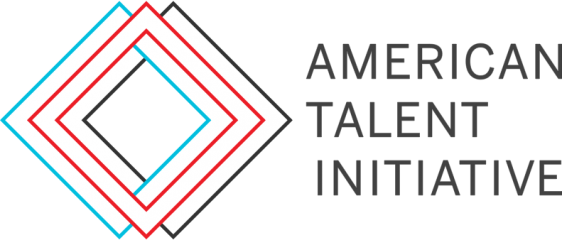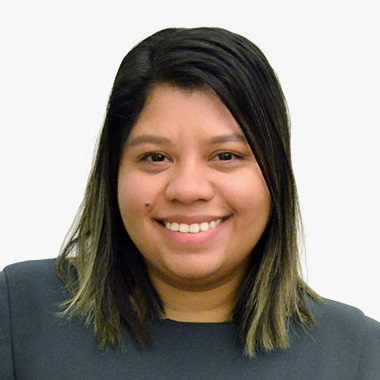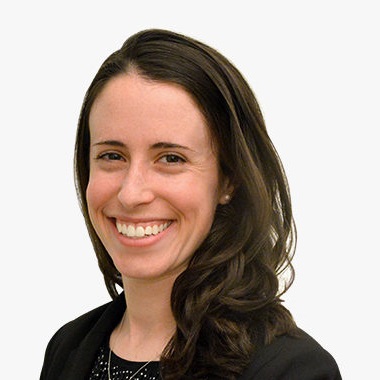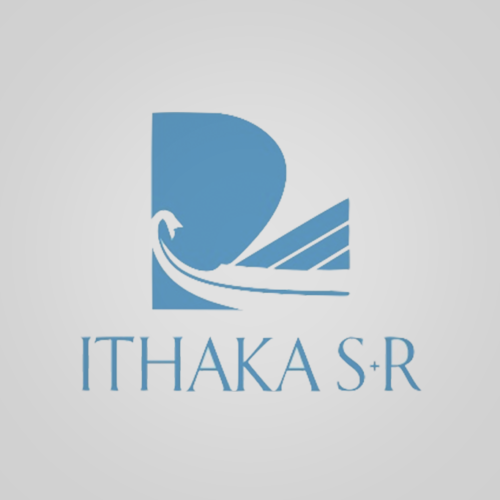The American Talent Initiative’s Inaugural Veterans Community of Practice Convening
By Elizabeth Banes, Sindy Lopez, and Emily Schwartz
November 9, 2019
This post originally appeared on the Ithaka S+R blog.
Reading Time: 6 minutes
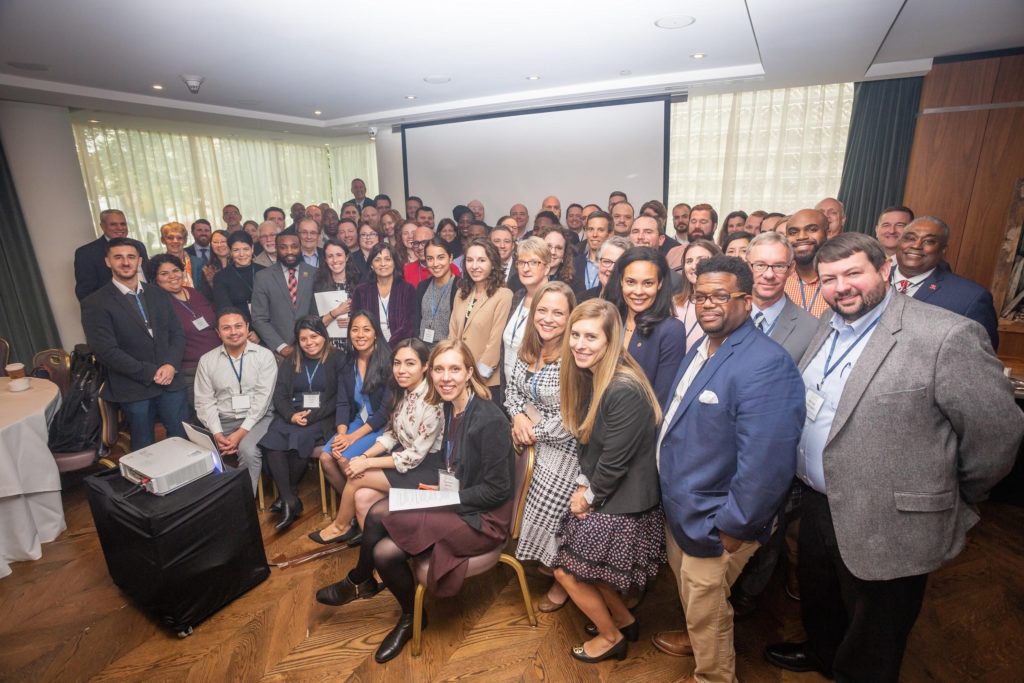
United States military veterans are underrepresented at high-graduation rate colleges and universities, with only one in ten veterans attending institutions that graduate at least 70 percent of their students. And yet, we know that veterans who do attend these colleges and universities thrive. In fact, student veterans are 1.4 times more likely to earn a certificate or degree than adult learners overall, and student veterans have an average GPA of 3.34, compared to the average for traditional students of 2.94. Not only do student veterans succeed when they enroll, but they enrich the experiences of all students on campus.
To address these inequities, the American Talent Initiative (ATI), a national coalition of high-graduation-rate colleges and universities that have pledged to increase opportunity for low- and middle-income students, launched a Veterans Community of Practice, bringing together 40 members who are focused on increasing access and success for student veterans. To date, members of the community have come together on two different occasions to set objectives for the work and share best practices. Members have also participated in the first iteration of an annual veterans data collection and have begun incorporating veterans-related goals into the broader goal-setting frameworks for their institution
This Veterans Day, we wanted to share the exciting progress of the community. On October 29th, we hosted the inaugural full day convening for the community, bringing together 85 participants from ATI institutions and external organizations for a day of collaborative discussions about strategies for enrolling additional student veterans and supporting them on campus. The goals of the convening were to (1) provide the opportunity for members to discuss challenges and best practices in improving veteran student outcomes; (2) learn effective strategies for veteran enrollment and success from guest speakers, experts, and service organizations; and (3) conduct action planning that can advance institutional practices that support veterans.
In this blog post, we share key takeaways from the full day meeting. We then share a recap of the meeting agenda and some details about the future plans of the community.
Key Takeaways
In reflecting on the meeting, some key takeaways emerged:
- As keynote speaker, Mike Haynie, founder and Executive Director of Syracuse University’s Institute for Veterans & Military Families, reiterated in his address, the motivation for enrolling more veterans should not derive solely from a sense of duty and obligation, but should instead come from a recognition that supporting veterans at higher education institutions is an incredible opportunity to elevate the quality of our institutions. Veterans enrich our communities by offering diverse perspectives, maturity, and leadership.
- Enrolling and graduating more student veterans is an effective means of contributing to ATI’s collective goal to attract, enroll, and graduate an additional 50,000 more low- and moderate-income students by 2025. It became increasingly apparent that there is significant intersectionality between veterans and other underrepresented student groups, such as first-generation and Pell-eligible communities. ATI members can draw on their respective experiences in supporting underrepresented students when devising pathways and support systems for student veterans.
- It is important that the whole institutional community—from the President, to financial aid officers, to admissions staff, and beyond—can articulate a shared rationale for why they are embarking on a strategy to enroll more veterans. Support from senior leadership is critical, as is having dedicated resources for this effort.
- The meeting’s sessions focused both on improving access for and enabling the success of student veterans. The ultimate goal is not just to enroll, but to graduate more veterans, thereby empowering them to become leaders in our society.
- One of the most challenging aspects in enrolling student veterans is the highly complicated web of institutional, federal, and VA benefits available to them. Nevertheless, it is essential that institutional representatives understand their students’ benefits and ensure that student veterans have access to the benefits owed to them; failing to do so risks jeopardizing the academic future of these students. Salient strategies for institutions to consider include: 1) creating a system for coordination across all offices on campus that interact with the benefits process, 2) identifying a point person for student veterans who is not the institution’s certifying official, to facilitate the holistic/coordinated approach, 3) turning to other institutions for support, and 4) using student peer mentors for troubleshooting benefits issues to help veterans feel supported.
- There are numerous external organizations focused on student veterans, and collaboration with these experts is an important strategy for institutions to consider. For example, Service2School, which provides free application counseling for veterans, has worked with thousands of veterans interested in attending high-graduation rate institutions and partners directly with schools looking to expand access. The Posse Veterans program also collaborates with institutions, bringing a cohort of veterans to each of its partner institutions. Students in the cohort receive coordinated support and supplemental funding.
- Despite varying levels of experience, the meeting participants are committed to welcoming student veterans at their institutions. This meeting provided a forum for members to learn from one another, and identify next steps for their respective efforts.
Meeting Agenda and Summary
The meeting began with an evening reception that featured opening remarks by Catharine Bond Hill, managing director of Ithaka S+R. She discussed the importance of opening doors at ATI institutions to student veterans because, not only do veterans deserve access to high graduation rate institutions, but also there is mounting evidence that veterans continue to improve the quality of these institutions. These remarks set an inspirational tone for the full day meeting to come.
The next day commenced with an overview of ATI and the objectives of the Veterans Community of Practice. ATI staff also provided a data overview of the current status of veteran student representation in higher education. As noted above, most veterans are over-represented in four year, for-profit institutions and underrepresented at high graduation rate institutions. (For more information, please see Ithaka S+R’s report, “Enrolling More Veterans at High-Graduation-Rate Colleges and Universities”)
The overview also signaled future demographic changes of veteran students. After the data overview, Mike Haynie provided keynote remarks, encouraging members to serve veteran students and service members not out of obligation, but with an intent to expand opportunity both for veterans and institutions, since veterans hold their own, persist, and succeed.
Following the introductory session, participants moved to the first set of concurrent sessions. The first, “Addressing Challenges in Veteran Outreach,” featured a panel discussion on how to conduct outreach to veterans and best practices in identification of potential applicants. Strategies included forming partnerships with community colleges, where many veterans enroll after service, and involving currently enrolled student veterans in the outreach process. During the second concurrent session, “Building Institutional Capacity for Student Veterans: Student Life,” participants discussed how to support successful veteran student life through strategies like creating a veterans working group that engages non-veterans and campus leaders, providing support for childcare, housing, and elder care, and identifying veteran alumni to engage with veteran students.
Participants then re-congregated for a plenary session focused on demystifying the complexities of veterans’ benefits for institutions and their students. Panelists Mike Carrell, Assistant Vice Provost for Military & Veterans Services at the Ohio State University, and Colleen Mallet, Registrar and Certifying Official at Vassar College, shared their respective experiences and outlined priorities for institutions to ensure effective use of benefits. These priorities include full-campus coordination of benefits processes and identifying a primary point person for veterans with the capacity to provide support. Participants then broke into small groups for deep dive discussions on managing different benefits, including the Yellow Ribbon program for private institutions, state and county funding, and mental health and vocational rehab benefits, in different institutional contexts.
Following lunch, participants moved to the second set of concurrent sessions. In “Evaluating Veterans in the Application Process,” a panel discussion focused on how best to evaluate veterans’ non-traditional transcripts and credentials. Panelists shared resources available for institutions evaluating veterans’ applications, including Joint Services Transcripts and CLEP Exam scores, and participants brainstormed ways to make these resources digestible for admissions officers. During the second concurrent session, ‘‘Building Institutional Capacity for Student Veterans: Academic Affairs,” participants discussed institutional policies, advising strategies, and ways of engaging faculty to support student veterans’ academic success.
The day concluded with the opportunity for participants to engage in small group conversations on topics of interest, such as addressing challenges in veterans outreach and evaluation, understanding veteran benefits, academic affairs and student life, supporting military families, and partnering with external organizations. Following these discussions, institutional teams came together for a brief action planning session to brainstorm appropriate next steps they could take upon returning to their respective campuses. ATI staff provided final remarks as the day came to an end.
Next Steps
Following the convening, we released a resource repository for ATI members of the Veterans Community of Practice, which compiles research, tool kits, best practices, and other pertinent information on student veterans. ATI staff will also continue to plan for future research activities to support the community, such as case studies or toolkits of effective practices and analysis from our annual data collection. We also plan to continue convening the community on an annual basis, to build upon the rich collaboration at this year’s event.
Acknowledgements
We would like to thank all participants for their engagement. In particular, we would like to thank all those who presented throughout the day, including representatives from the following external organizations: Service to School, Student Veterans of America, The College Board, The Posse Foundation, and Veterans Education Success. Finally, we thank the Veterans Community of Practice Meeting Advisory Group for its support and guidance.
